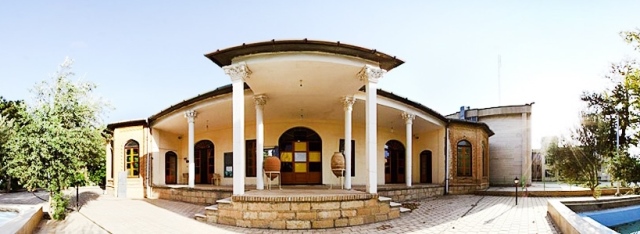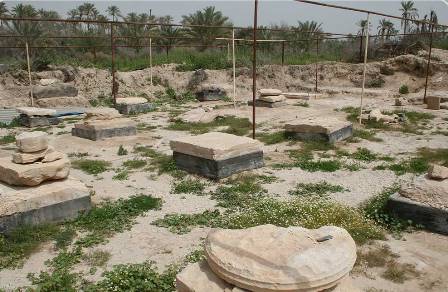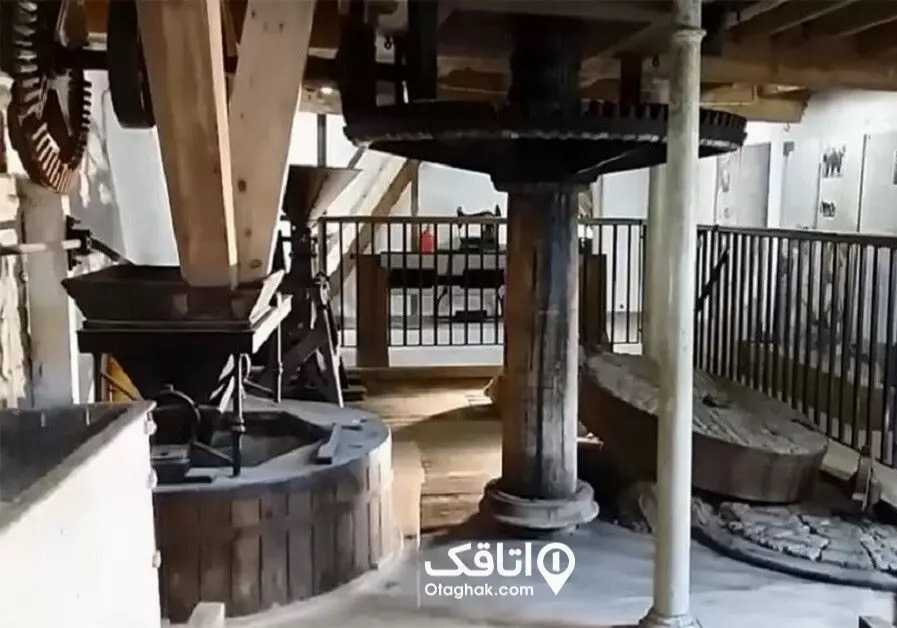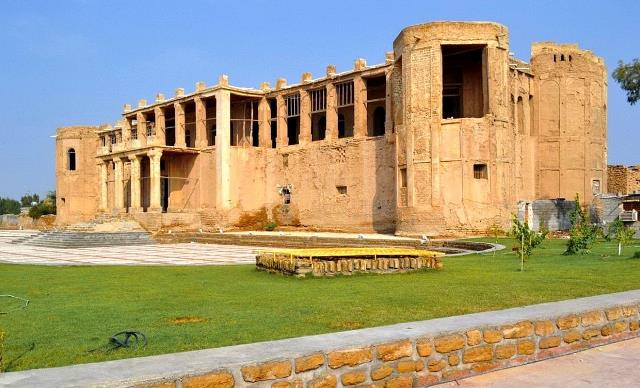_1.jpg)
Minaret
Minaret: It literally means a place of light - a high place on which light is lit and it is used for such purposes as guiding passengers and ships. It also means a high pillar that is made of bricks or stones for climbing it and reciting the call to prayer on top of it.
Historical origins of the word: There is no doubt that the history of minarets that were used for guiding passengers over the vast territory of Iran must date back to the pre-Islamic era. Keeping this in view, guiding minarets existed in different types and had different functions. Some of them were used for surveillance purposes and some were built for the purpose of guiding passengers and ships during both day and night. Most theorists believe that the history of the minarets dates back to the Parthian period. But this does not mean that no guiding instruments and facilities existed during the Achaemenid era and even before that. However, no such instruments, with the exception of a few such as the Nourabad Tower, belonging to the Parthian era, have survived from the pre-Islamic era.
Historical trend: In ancient times, a minaret was built between two borders, and a light or something shining was placed in it to show the border. Gradually minarets came to be built on public roads so that travelers and caravans could find their routes leading to their destinations. The first minaret to be built was the minaret of Alexandria, which was two hundred and thirty cubits high. Such minarets were built after Islam and in Islamic countries for the purpose of reciting “azan” (the call to prayer), and, therefore, in most places that have been built after Islam, minarets are attached to mosques or buildings that have a religious aspect. Most mosques of the early centuries of Islam also had minarets for the purpose of reciting “azan” (the call to prayer). These minarets had a place for the muazzzin (one who recites azan), and it is due to this principle that some of the minarets in which such a place was not built are believed to belong to the pre-Islamic times.
Variety of minarets in terms of their shapes: Minarets are mostly made of bricks, along with muqarnas decorations, brickwork, mosaics, turquoise tiles, etc.
Three watchtowers or minarets of Iran are made of stone, one of which is the high dome of Abarkooh belonging to the Aal-e Kakouyeh period (420 AH). Most of such stone watchtowers have been turned into tombs.
Important Samples of Existing Minarets:
The minaret of Qoshkhaneh garden, related to the sixth century, was built in the time of Sultan Sanjar. Sarban or Sarvan minaret related to the Seljuk era in Isfahan and near the minaret of Chehel Dokhtaran (lit. forty girls). The height of this minaret is about 48 meters and the circumference of its base is 14 meters. The decorations of this minaret include brickwork, brick muqarnas, and turquoise tiles. Minarets with Mongolian tile works belong to the Second Seljuk Period and include the minarets of the Semnan Jame’ Mosque, which is the oldest work in Semnan. This minaret does not have any historical inscription. The other such minaret is that of the Ali Mosque in Isfahan.
Sources
- Dehkhoda Persian Dictionary, The University of Tehran Publication
- Interview with Dr. Sedaghatkish
- Pirnia, Mohammad Karim, An Introduction to Islamic-Iranian Architecture, Elm-o San’at University Publications
- Nafisi, Said, The History of Iranian Civilization, Asatir Publications, Tehran, 2001
- The Internet Site on the Cultural Heritage of Isfahan
| Name | Minaret |
| Country | Iran |
| Historical Period | Historical trend |
| Website | https://unsplash.com/s/photos/minaret |
.jpg)
.jpg)
Choose blindless
Red blindless Green blindless Blue blindless Red hard to see Green hard to see Blue hard to see Monochrome Special MonochromeFont size change:
Change word spacing:
Change line height:
Change mouse type:



.jpg)









.png)
